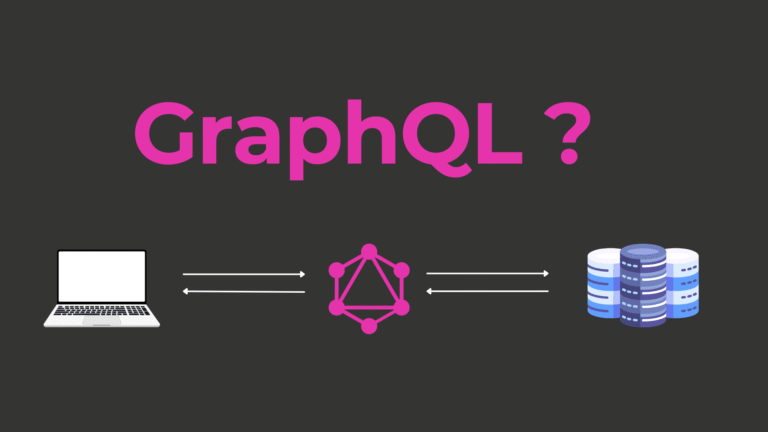What is AI ? A Beginner’s Guide

Introduction
What is AI?. Artificial Intelligence (AI) is transforming the world at an unprecedented pace. From virtual assistants on smartphones to complex decision-making systems in industries, AI is revolutionizing how humans interact with technology. But what exactly is AI? How does it work, and why is it so important? This guide provides an in-depth exploration of AI technology, explaining its core concepts, applications, challenges, and future prospects in a beginner-friendly manner.
Understanding Artificial Intelligence
1. Defining AI in Simple Terms
Artificial Intelligence refers to the capability of machines to perform tasks that typically require human intelligence. These tasks include learning, problem-solving, decision-making, language understanding, and perception. AI systems use algorithms and data to mimic cognitive functions, enabling them to operate autonomously in specific environments.
2. The Evolution of AI from Concept to Reality
The idea of AI dates back to ancient myths and philosophical discussions. However, AI as a scientific discipline emerged in the mid-20th century. Early AI research focused on rule-based logic and problem-solving. The advent of machine learning and deep learning in recent decades has led to rapid advancements, allowing AI to process vast amounts of data and improve its capabilities over time.
3. How AI Differs from Traditional Programming
Traditional programming follows explicit instructions to execute tasks, whereas AI systems learn from data and make predictions or decisions without being explicitly programmed. Instead of writing fixed rules, AI models analyze patterns, adapt to new information, and optimize performance over time.
Core Technologies Behind AI
1. Machine Learning and Its Role in AI
Machine learning (ML) is a subset of AI that enables computers to learn from data without being explicitly programmed. It uses statistical techniques to identify patterns and make predictions. ML is widely used in applications such as fraud detection, recommendation systems, and autonomous vehicles.
2. Deep Learning and Neural Networks Explained
Deep learning is a specialized form of machine learning that mimics the human brain’s neural networks. It involves multiple layers of artificial neurons that process complex patterns in large datasets. Deep learning powers technologies like facial recognition, voice assistants, and medical image analysis.
3. Natural Language Processing for Human-Like Communication
Natural Language Processing (NLP) allows AI systems to understand, interpret, and generate human language. It is used in chatbots, translation services, and sentiment analysis tools. NLP has evolved significantly, enabling AI to engage in meaningful conversations and understand context more accurately.
4. Computer Vision and Image Recognition Technology
Computer vision enables AI systems to interpret visual information from images and videos. It is used in facial recognition, object detection, and autonomous navigation. AI-driven computer vision applications range from medical diagnostics to security surveillance.
Types of Artificial Intelligence
1. Narrow AI vs General AI vs Super AI
- Narrow AI: Designed for specific tasks, such as voice recognition and recommendation systems.
- General AI: Hypothetical AI with human-like cognitive abilities, capable of reasoning and problem-solving across various domains.
- Super AI: A theoretical concept where AI surpasses human intelligence in all aspects.
2. Rule-Based AI vs Learning-Based AI
- Rule-Based AI: Operates on predefined rules and logic.
- Learning-Based AI: Uses data-driven models that evolve over time through experience.
3. Reactive Machines, Limited Memory, and Self-Aware AI
- Reactive Machines: Respond to stimuli without memory.
- Limited Memory AI: Can learn from historical data to improve performance.
- Self-Aware AI: A futuristic AI concept with consciousness and self-awareness.
How AI Works Behind the Scenes
1. Data Collection and Processing in AI Systems
AI relies on vast amounts of data for training and decision-making. Data is gathered from various sources, cleaned, and structured for efficient processing.
2. Algorithms and Their Importance in AI Models
Algorithms are mathematical models that guide AI decision-making. They include supervised learning, unsupervised learning, and reinforcement learning techniques.
3. Training and Testing AI Models for Accuracy
AI models undergo a rigorous training process using labeled datasets. Once trained, they are tested against new data to measure accuracy and effectiveness before deployment.
Applications of AI in Everyday Life

1. AI in Smartphones and Virtual Assistants
AI-powered virtual assistants like Siri and Google Assistant enhance user experience through voice commands, automation, and personalization.
2. AI-Powered Smart Homes and IoT Devices
Smart homes use AI to automate lighting, security, and energy management, creating more efficient living spaces.
3. AI in Social Media and Content Recommendation
AI curates personalized content on platforms like Facebook, YouTube, and Netflix by analyzing user behavior and preferences.
AI in Business and Industry
1. AI in Healthcare for Diagnosis and Treatment
AI aids in diagnosing diseases, analyzing medical images, and personalizing treatment plans, improving patient outcomes.
2. AI in Finance for Fraud Detection and Risk Analysis
Financial institutions leverage AI for fraud prevention, risk assessment, and automated trading strategies.
3. AI in Marketing for Customer Insights and Automation
AI-driven analytics enhance targeted advertising, customer segmentation, and marketing automation.
Ethical and Social Implications of AI
1. AI Bias and Fairness in Decision-Making
AI systems can inherit biases from training data, leading to ethical concerns. Efforts are underway to improve fairness and transparency.
2. Privacy Concerns in AI-Driven Systems
AI relies on user data, raising concerns about data security and privacy protection.
3. The Impact of AI on Jobs and Employment
AI automates tasks, leading to workforce shifts. While some jobs are displaced, new opportunities emerge in AI development and oversight.
Challenges and Limitations of AI Technology

1. Understanding AI’s Dependence on Big Data
AI performance heavily relies on data quality and availability.
2. The Problem of Explain ability in AI Decisions
AI models can be complex and difficult to interpret, raising concerns about transparency.
3. Overcoming Computational and Energy Constraints
AI requires significant computational power, impacting scalability and environmental sustainability.
The Future of AI Technology
1. Emerging Trends and Innovations in AI
Breakthroughs in AI continue to reshape industries, with advancements in quantum computing and edge AI.
2. The Role of AI in Scientific and Medical Breakthroughs
AI is accelerating drug discovery, climate modeling, and scientific research.
3. AI and the Path Toward Artificial General Intelligence
The quest for AGI remains a challenge, requiring ethical considerations and advanced research.
Getting Started with AI Learning
1. Essential AI Concepts for Beginners
Understanding key AI concepts such as algorithms, datasets, and model evaluation is crucial.
2. Best Resources to Learn AI (Books, Courses, and Online Platforms)
Top educational resources include online courses from Coursera, edX, and hands-on projects on GitHub.
3. Hands-On AI Projects for Beginners to Try
Practical AI projects, such as chatbot development and image recognition, help reinforce learning.
Conclusion
- The Expanding Role of AI in Modern Society
AI is becoming an integral part of daily life, enhancing efficiency and innovation across industries.
- Key Takeaways for Understanding AI Technology
From machine learning to ethical concerns, AI is a vast and evolving field with immense potential.
- Next Steps for Those Interested in AI Development
Aspiring AI enthusiasts can begin learning through online courses, practical projects, and industry research.
Image Credits:
- Images via Unsplash & Canva



